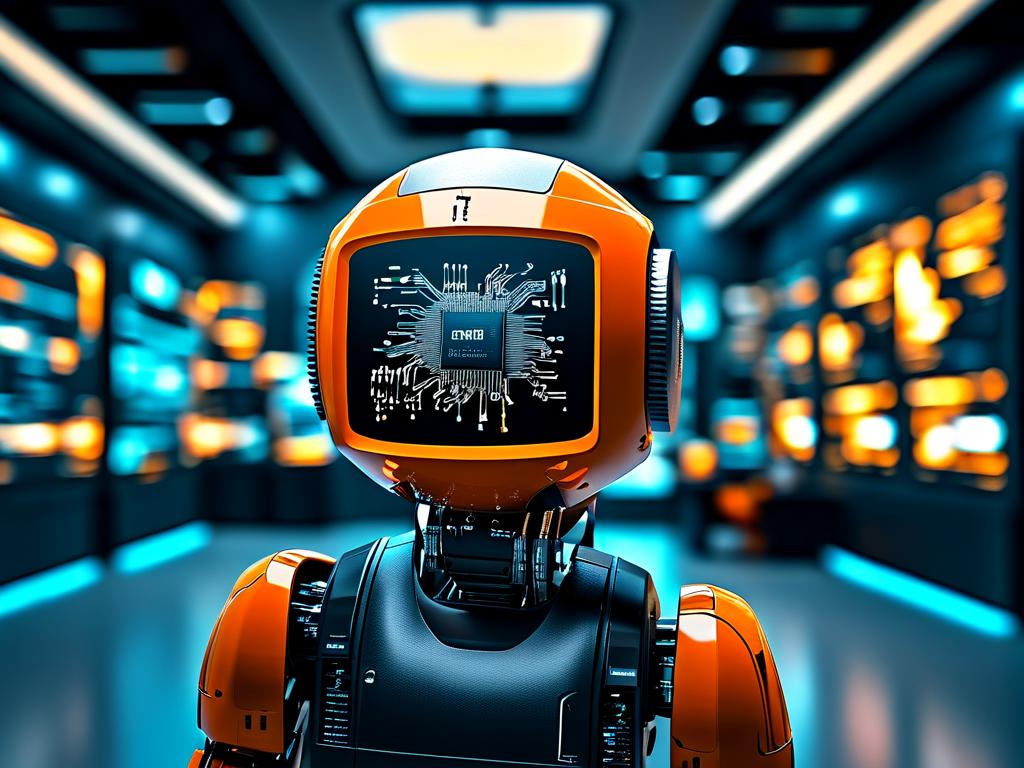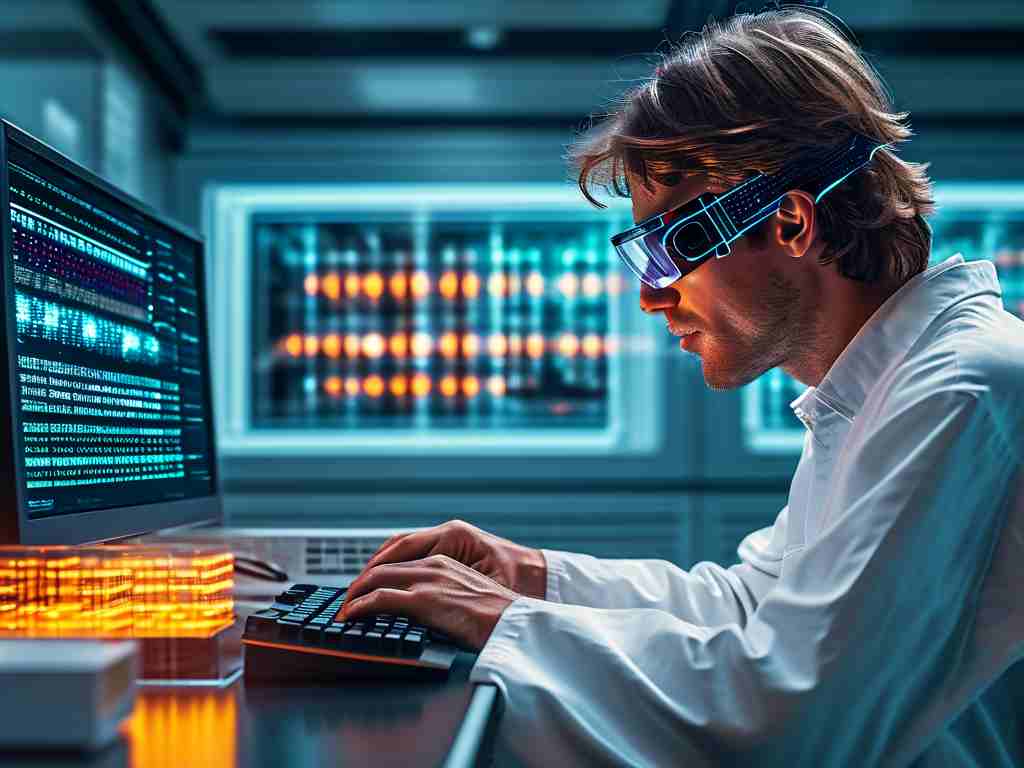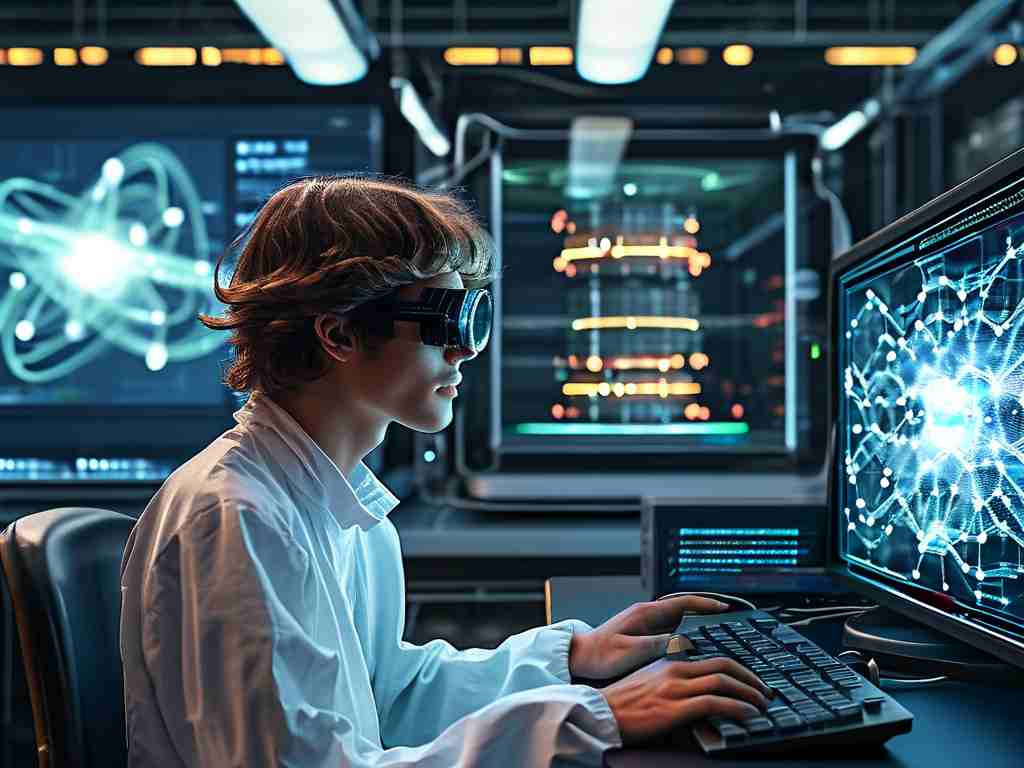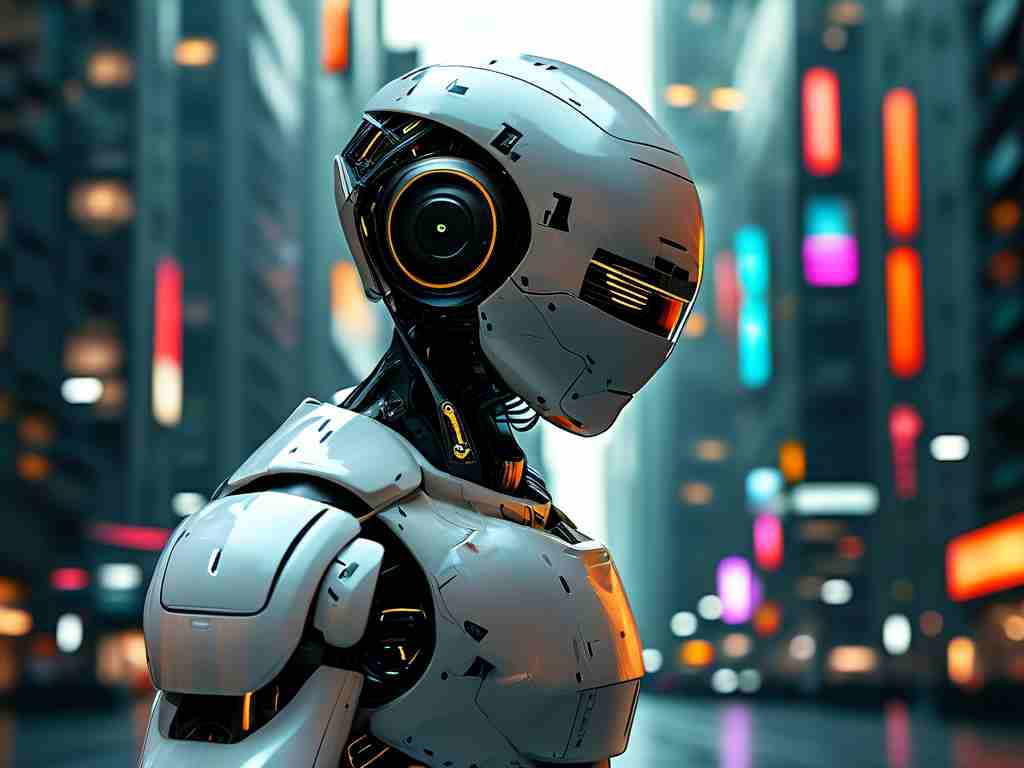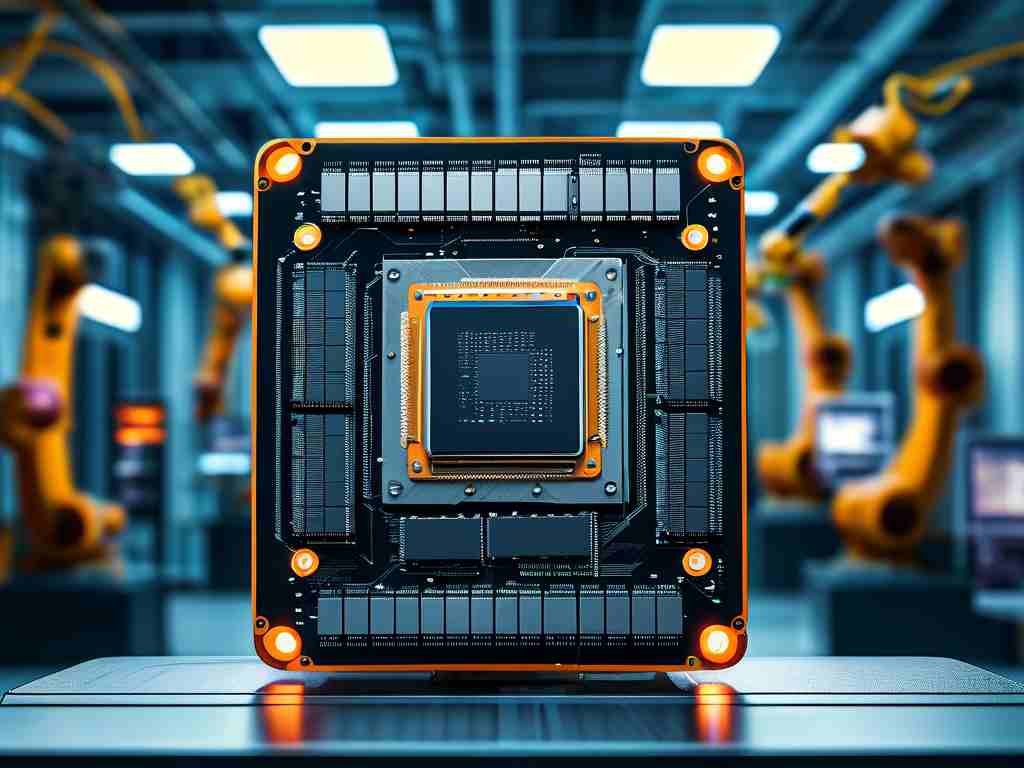The rapid advancement of robot replacement technology has become a defining feature of 21st-century industrial progress. From assembly lines to customer service, automated systems are reshaping how businesses operate, challenging traditional workforce models, and sparking global debates about efficiency versus employment stability.
Historical Context and Technological Leaps
The concept of automating human tasks dates back to the Industrial Revolution, but modern robotics has accelerated this process exponentially. Early 20th-century conveyor belts reduced manual labor in factories, while late-century computerization introduced programmable machines. Today’s breakthroughs in artificial intelligence (AI), machine learning, and sensor technology have enabled robots to perform complex tasks—from precision welding in automotive plants to diagnosing medical conditions—with minimal human oversight.

A pivotal moment arrived in 2010 when collaborative robots (cobots) entered mainstream manufacturing. Unlike their isolated predecessors, cobots work alongside humans, combining mechanical precision with human adaptability. For instance, BMW’s Spartanburg plant in South Carolina deployed cobots to handle repetitive tasks like screw-driving, reducing worker fatigue while maintaining quality standards.
Sector-Specific Transformations
Manufacturing remains the epicenter of robot adoption. According to the International Federation of Robotics, over 3 million industrial robots were operational worldwide by 2023, with China accounting for 45% of annual installations. Automotive giants like Tesla have embraced full automation for battery production, achieving a 30% reduction in assembly time.
Beyond factories, service industries are witnessing quiet revolutions. Hospitals in Japan use nursing robots to lift patients, addressing staff shortages in an aging society. Retailers like Amazon employ autonomous shelf-scanning robots to manage inventory, while AI-powered chatbots handle 70% of customer inquiries in banking sectors. Even creative fields are not immune: AI algorithms now compose music and generate visual art, blurring the lines between human and machine creativity.
Economic and Social Implications
Proponents argue that robotization boosts productivity and safety. The International Labour Organization estimates that workplace injuries in high-risk industries like mining have dropped by 52% since 2015 due to robotic interventions. Economically, companies report up to 40% cost savings over five years after initial automation investments.
However, workforce displacement remains a contentious issue. A 2022 McKinsey study predicted that 15% of global jobs could be automated by 2030, disproportionately affecting low-skilled roles. This has fueled policy discussions about universal basic income and retraining programs. Germany’s "Industry 4.0" initiative, for example, combines automation with vocational education, preparing workers for tech-augmented roles like robotic maintenance supervisors.
Ethical and Regulatory Challenges
As robots assume decision-making roles, ethical dilemmas emerge. Self-driving vehicles, for instance, must be programmed with "moral algorithms" to prioritize passenger safety versus pedestrian lives during accidents—a modern twist on the classic trolley problem. Data privacy concerns also escalate as service robots collect sensitive user information.
Governments are scrambling to update regulations. The European Union’s proposed Artificial Intelligence Act categorizes robotics by risk level, banning certain applications like social scoring systems. Meanwhile, South Korea imposes robot taxes on companies replacing human workers, redirecting funds to job creation initiatives.
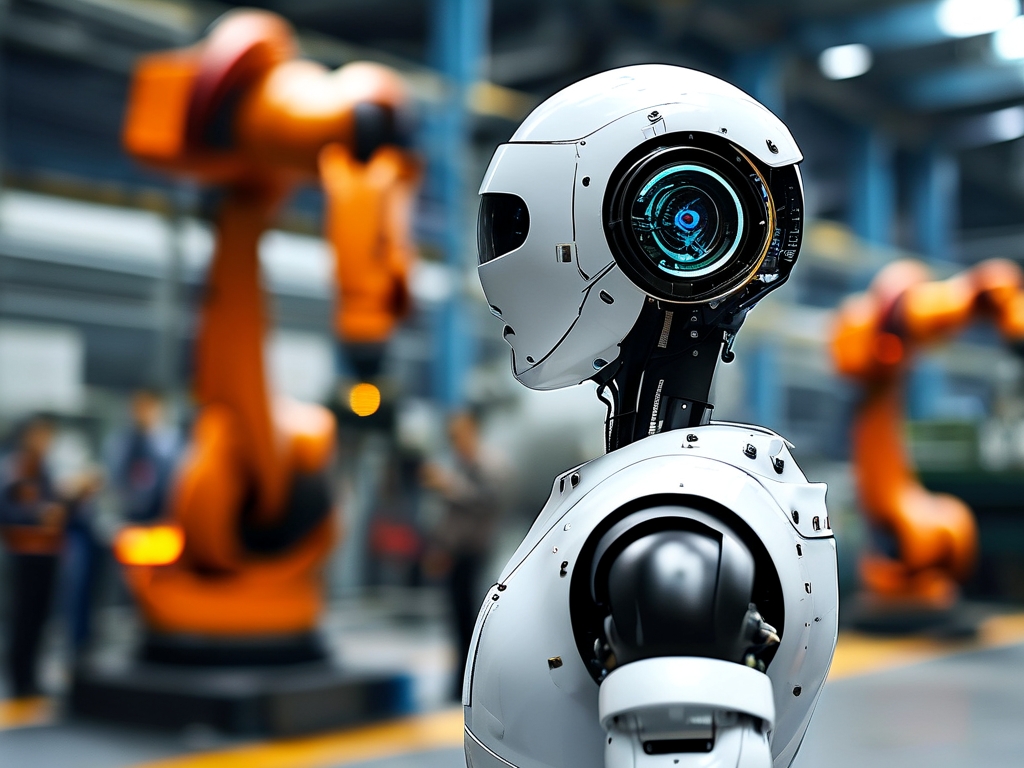
Future Horizons
Emerging technologies promise to deepen robot-human integration. Neuralink’s brain-computer interfaces aim to let humans control robots through thought, while Boston Dynamics’ humanoid robots demonstrate unprecedented agility. The next frontier lies in emotional AI—systems capable of recognizing and responding to human emotions, potentially revolutionizing healthcare and education.
Yet, experts caution against unchecked automation. MIT researchers emphasize the "complementarity principle," where robots handle dangerous or repetitive tasks while humans focus on innovation and interpersonal roles. This balanced approach could unlock $8 trillion in global economic value by 2030 without eroding employment.
In , robot replacement technology represents both a triumph of human ingenuity and a societal crossroad. Its responsible implementation requires collaboration between engineers, policymakers, and ethicists to ensure technological progress aligns with human welfare. As machines grow smarter, our challenge lies not in competing with them, but in redefining what makes us uniquely human in an automated world.



